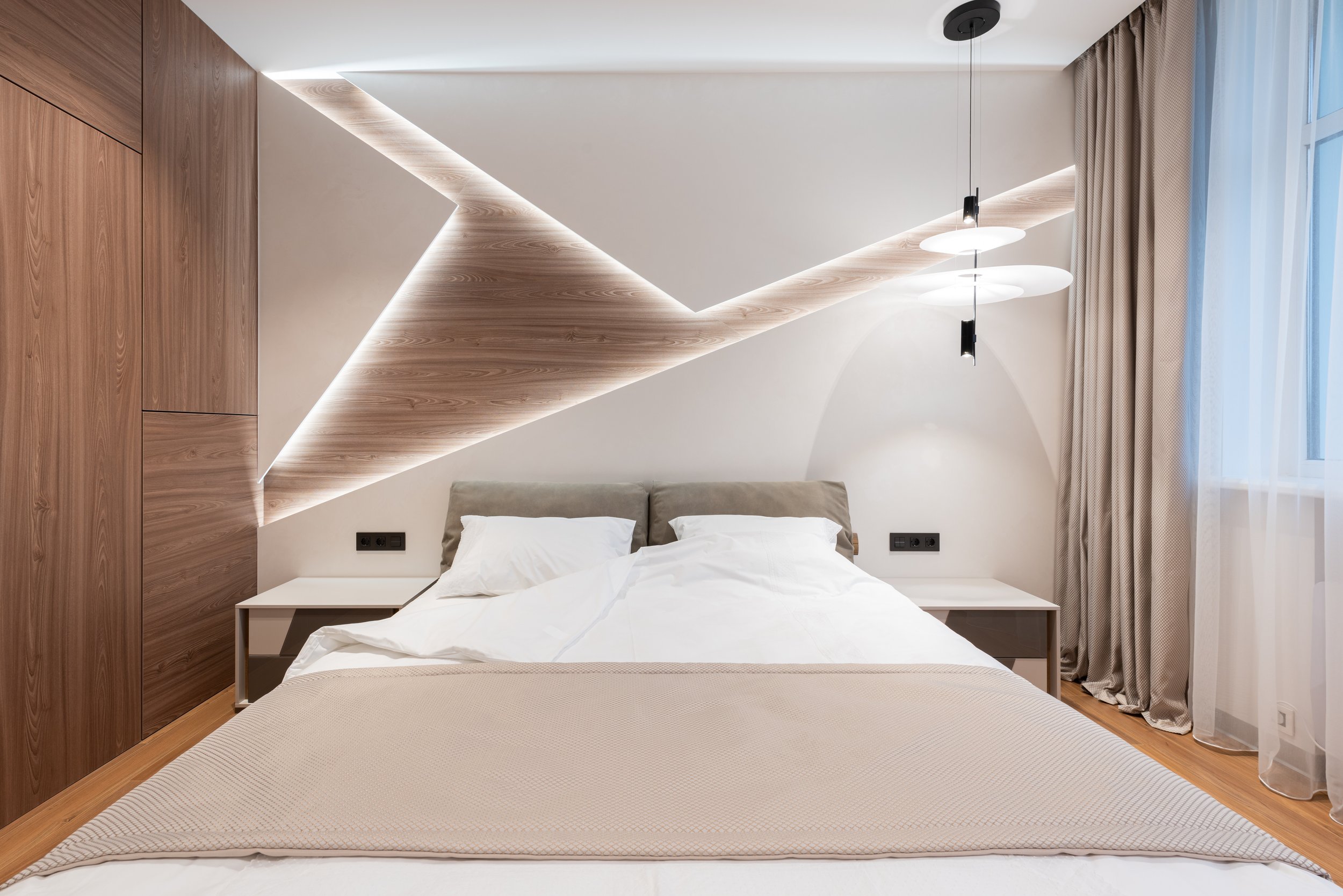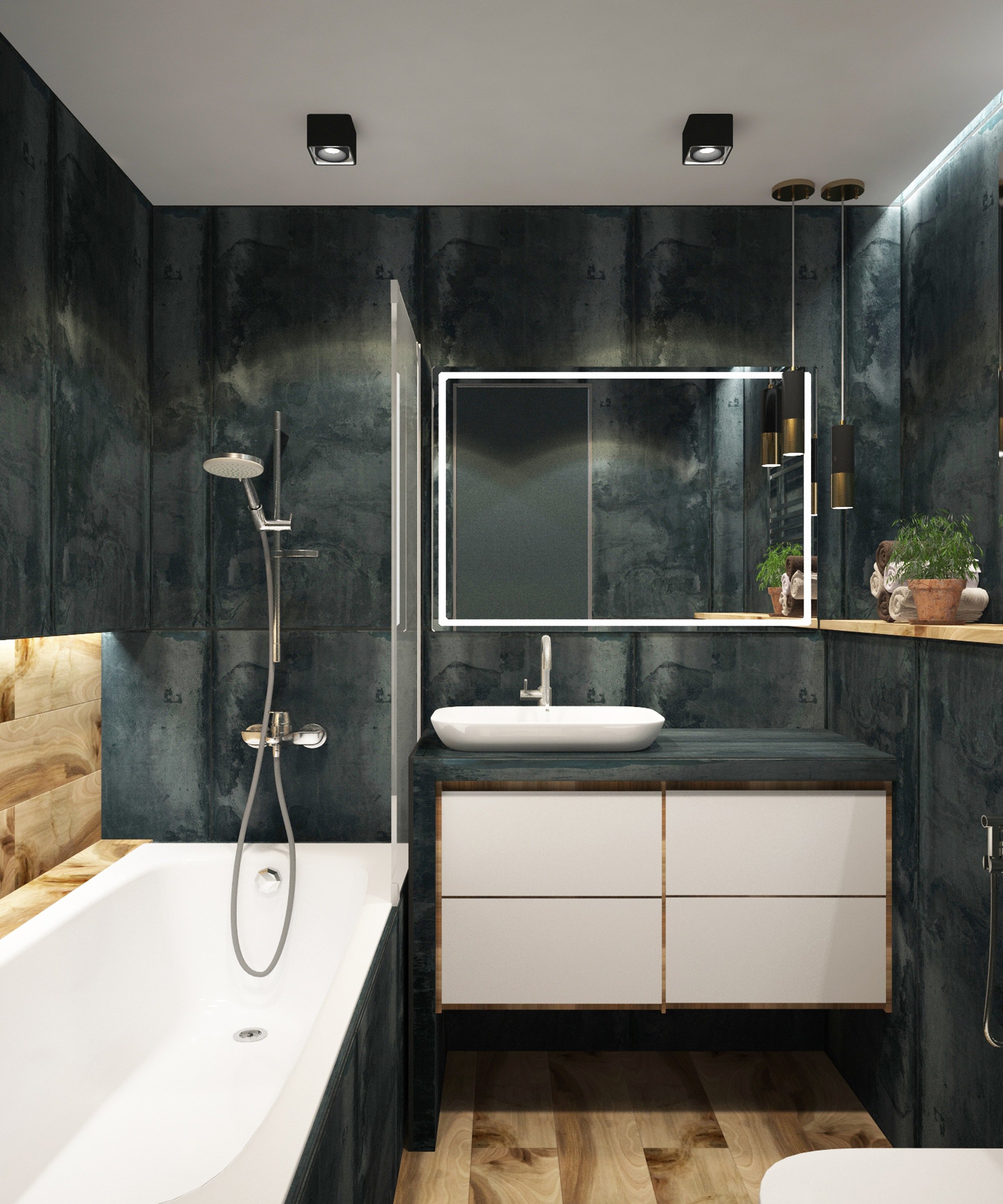Contemporary Interior Design: The Ultimate Guide
Contemporary interior design is all about creating a modern and stylish living space that reflects your personal taste. With sleek lines, minimalist aesthetics, and a balance between form and function, Contemporary interior design has become a popular choice among homeowners who wants a comfortable space that is perfect for modern living.
If you're interested in incorporating Contemporary design into your home, this guide will provide you with all the information you need. We'll cover everything from the basics of Contemporary interior design to the materials, colours, furniture, lighting and how you can incorporate this style into your own home.
In this guide, we will cover the following topics:
So, whether you're starting from scratch or simply looking to refresh your existing decor, this comprehensive guide will help you achieve a Contemporary look that is both functional and trendy.
What is Contemporary Interior Design
Contemporary interior design is a style of interior decoration that is popular at the present time. At its core, Contemporary design focus on clean lines, simplicity, and a minimalist approach. It's all about creating a sleek and sophisticated look while also being functional and comfortable. This style often incorporates natural materials, such as wood, stone, metal and glass, as well as neutral colour palettes with bold accents.
Characteristics of Contemporary Interior Design
Contemporary interior design is all about creating a space that is sleek, clean, and functional. Some of the key characteristics of Contemporary interior design include:
Simplicity: Contemporary interiors focus on clean lines and minimalism, creating a sense of order and simplicity.
Neutral colours: Neutral colour palette, such as white, beige, black and grey are typically used as a backdrop, with pops of bold colours added in the form of accents.
Natural materials: Materials like wood, stone, metal and glass are often used in Contemporary design. These materials help to add texture and visual interest to a space.
Geometric shapes: Clean lines and geometric shapes are a staple of Contemporary design. Asymmetrical designs may be added to create visual interest and sophistication to a space.
Unique accents: Contemporary interiors often feature unique accent pieces, such as bold eclectic artwork, interesting light fixtures, or eye-catching sculptures. These accents help to add personality to a space.
Materials and Colours Used in Contemporary Interior Design
When it comes to materials and colours used in Contemporary interior design, the focus is on simplicity and elegance. Some of the most commonly used materials include:
Wood: Wood is a popular choice for Contemporary interiors, as it adds warmth and texture to a space.
Metal: Metals such as stainless steel, chrome, and brushed nickel are commonly used in Contemporary interiors, adding a sleek and modern touch.
Glass: Glass is often used in Contemporary interiors to create a sense of transparency and openness to a room.
Neutral colours: As mentioned earlier, neutral colours such as white, beige, and grey are commonly used in Contemporary interiors. These colours help to create a sense of calm and tranquillity.
Pops of colour: Bold, bright accents in colours like red, yellow, and blue can add a touch of personality to a space.
Furniture and Lighting in Contemporary Interior Design
Furniture and lighting are also important elements in Contemporary interior design. Here are some things to keep in mind:
Furniture: In Contemporary interiors, furniture is typically sleek and simple, with clean lines and minimal decor. Pieces are often made from natural materials such as wood or leather, or from synthetic materials like plastic or metal. In a Contemporary space, furniture is often arranged in a way that maximises open space and emphasises a sense of flow.
Lighting: Lighting is an essential element in Contemporary design, it should be functional yet visually interesting. Common lightings such as cove, recessed and track lights are often used, along with floor lamps and table lamps with simple, clean lines.
How to Incorporate Contemporary Interior Design into Your Home
If you're interested in incorporating Contemporary interior design into your home, here are some tips to get you started:
Start with a neutral colour palette: Begin by painting your walls in a neutral colour like white, beige, black or grey.
Add pops of colour: Incorporate bold accents through artwork, pillows, or a statement piece of furniture.
Choose sleek, functional furniture: Form and function are qually important in comtemporary interior design so choose furniture that is both stylish and practical. Pieces made from natural materials like wood or leather work well in Contemporary interiors.
Add geometric patterns and unique accents: Add visual interest to your space with geometric patterns and unique accent pieces in your textiles or artwork. Choose one or two statement pieces to add personality to your space.
Embrace minimalism: Contemporary interiors are all about simplicity, so it's important to keep your space clutter-free with minimal accessories. Consider storage solutions like built-in shelving or hidden cabinets to keep your space organised and tidy.
Contemporary-inspired Design Ideas for Various Rooms at Home
Here are some Contemporary-inspired design ideas for various rooms in your home:
Living Room: Choose a vinyl flooring and add on a patterned carpet. Incorporate a minimalist sofa and pair it with bold colour pillows or accent chairs.
Kitchen: Use a simple colour palette, like black or white, and add texture to the space through a bold, geometric-patterned backsplash. Utilise sleek and functional storage options, like built-in cabinets. Integrate modern appliances, such as a smart refrigerator or a touchscreen cooktop.
Dining Room: Create a cosy atmosphere by using warm lighting and a warm colour palette. Opt for furniture with clean lines and add a statement piece like a pendant light or a unique artwork on the wall.
Bedroom: Keep the bedroom simple and clutter-free with a neutral colour palette. Add interest to the space by choosing a bed with a unique headboard or colourful bedding.
Bathroom: Create a spa-like atmosphere with a minimalist approach, using neutral colours and ample lighting. Consider incorporating statement piece like a unique mirror or modern fixtures, like a rainfall showerhead or a freestanding bathtub to keep up with current trend.
Worried about overpaying for your home renovation?
Let AI be your superhero!
IDIT® Savings - AI Renovation Cost Saver
With this FREE innovative AI tool, you can scan renovation quotes with ease and identify cost-saving measures that won't compromise on quality.
You can now enjoy a successful renovation with additional savings from the savings report.
Conclusion
Contemporary interior design is a versatile style that can be tailored to suit a wide range of personal tastes and preferences. With its emphasis on clean lines, minimalist aesthetics, and the use of modern materials, Contemporary design offers a perfect balance of form and function that is timeless and ideal for modern living.
By following the tips and ideas outlined in this guide, you can easily incorporate these design principles and create a Contemporary-inspired home that reflects your personal style. Remember, the key is to keep things minimalistic while including a few statement pieces to add interest to the space. Don't be afraid to experiment with different textures, materials, and colour palettes to create a space that is uniquely your own.
Frequently Asked Questions
-
The Contemporary style is unique in its emphasis on the present and what is popular in design. Unlike other design styles, it is more dynamic and is also constantly evolving, which means that a Contemporary house can be customised to suit a homeowner's individual style and needs. The result is often timeless, keeping the house simple and modern at the same time.
-
While many people may use the terms "modern" and "contemporary" interchangeably, they actually refer to two distinct design styles. Modern design refers to a specific era in design history, specifically the mid-20th century, while Contemporary design is rooted in the present with a focus on current trends and styles that are popular.
Mid-Century Modern design is a sub-style of Modern design, originating in the 1950s and 1960s which has dominated and gained popularity in the preceding decades. It is characterised by a retro aesthetic, with an emphasis on organic shapes, bold colours and natural wood finishes. Contemporary design, on the other hand, is characterised by clean lines, minimalism, neutral colours, and the use of modern materials such as glass, stone, and metal.
-
Yes, Contemporary and Modern design can be mixed together to create a unique and cohesive interior. In fact, the Modern Contemporary style is a popular trend that many Singapore homeowners are adopting. You can mix modern furniture with contemporary accessories or vice versa. For example, you can incorporate contemporary accessories such as geometric patterned rugs, abstract art, and recessed lighting with modern furniture pieces like a sleek leather sofa, a mid-century modern coffee table, or a glass dining table with chrome legs. With modern contemporary design, you have the freedom to mix and match different design elements to create a space that reflects your personal style and taste.
-
Yes! Contemporary interior design is a versatile style that can be combined with other styles, such as :
Minimalist: Focuses on simplicity and the use of minimal elements and furniture.
Industrial: Features raw, unfinished materials like exposed brick and metal.
Wabi-Sabi: Incorporates organic natural materials like wood and stone, and often features earthy colours.
High-tech: Incorporates the latest technology and futuristic design elements.
Art Deco: Combines modern and traditional design elements, and often features bold geometric shapes and bright colours.
-
Common mistakes to avoid include over-accessorising, using too many different patterns and colours, and choosing furniture that is too large for the space. It is important to keep the design simple, clean and uncluttered to create a sleek and modern look.







